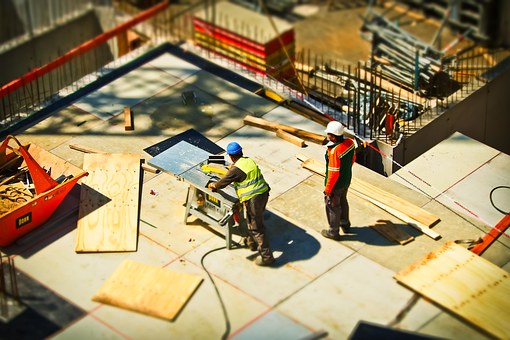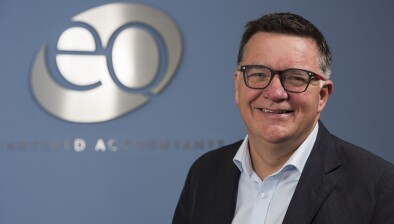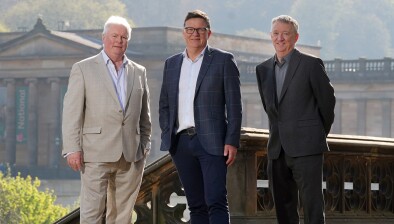EQ Accountants: How to help your construction customers reduce their tax liability

Construction firms should assess the tax relief available to them for commercial building projects, according to Dundee-based EQ Accountants.
Along with the recent increases in the cost of living, commercial building projects have seen significant increases in costs in terms of materials, transport, and labour and as a result these increases are being passed on to customers.
With the project costs increasing, there is more pressure to look for areas where costs can be cut. Builders can support their customers in the cost-cutting exercise, without potentially reducing their own income on the project, by reviewing the tax relief available on the project.
EQ Accountants stressed that capital allowances are an important consideration when constructing a building. For example, a basic office construction could have around 20-25% of the building spend eligible for plant and machinery or integral features capital allowances.
In monetary terms, a £500,000 project could potentially have £125,000 of capital allowances eligible spend, which could reduce the corporation tax of a company by around £23,750 (increasing potentially up to £31,250 from 1 April 2023, with the increase in the Corporation tax rates). For sole traders and partnerships, this saving could be around £50,000.
The balance of the expenditure may qualify for structure and buildings allowances, with tax relief on this element of the costs given over 33 1/3 years.
However, in most cases builders invoice their customers with no mention of capital allowances and customers are not aware they could be entitled. If their customer is later advised by their accountant, they are likely to incur additional costs.
According to the firm, by being proactive in highlighting the capital allowances that could be available, builders can agree with their customer that the invoice will be split between non-allowable and allowable expenditure for plant and machinery or integral features capital allowances.
The customer should then in theory be able to maximise their capital allowances claim and hence maximise the tax relief. They should also avoid any additional fees in working out the capital allowances available.
The cost-saving exercise mentioned above could lead to more projects being secured and less corners being cut, resulting in a financial win for both the builder and their customer.






